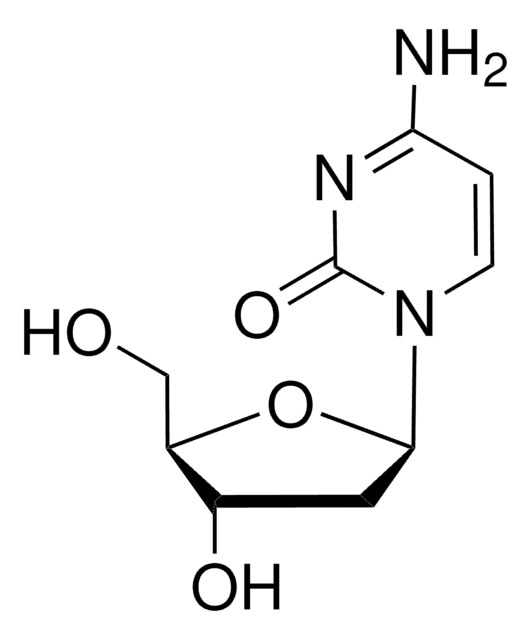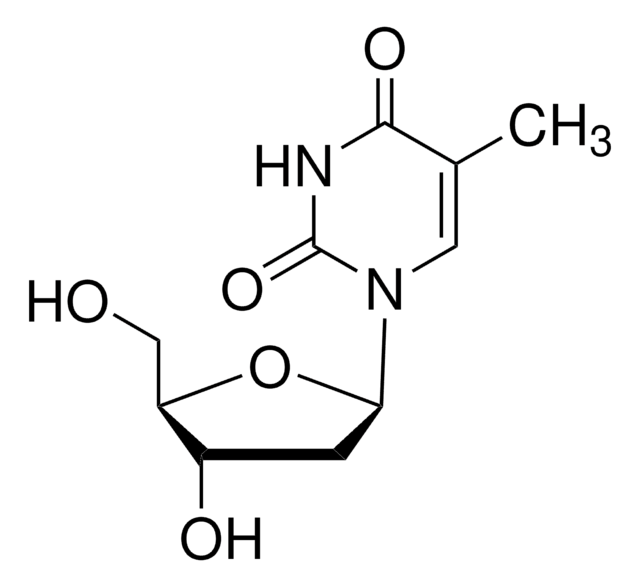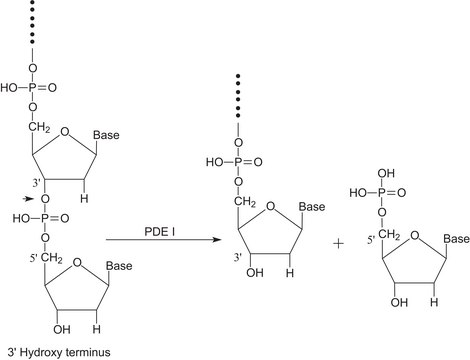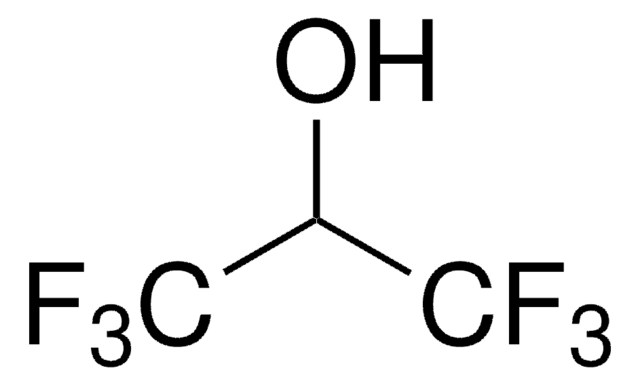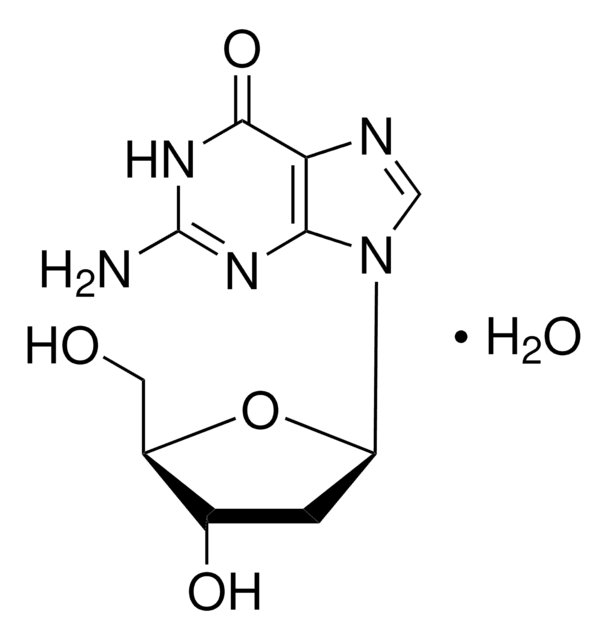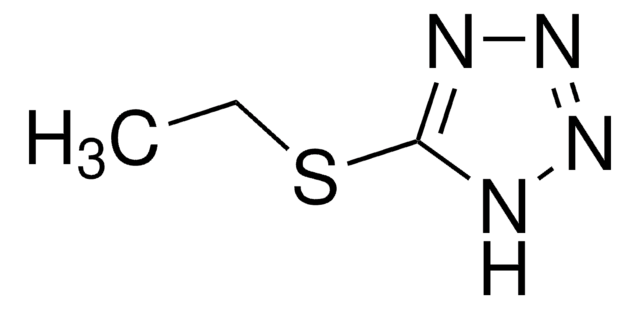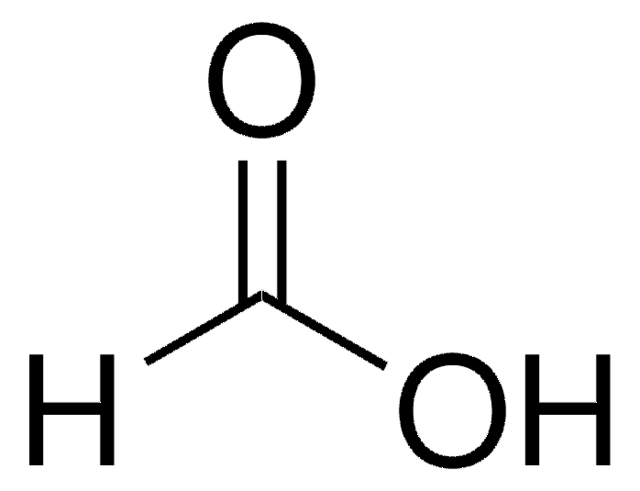MABE1114
Anti-CENP-C Antibody, clone AL61A
clone AL61A, from mouse
Synonym(s):
Centromere protein C, CENP-C, CENP-C 1, Centromere autoantigen C, Centromere protein C 1, Interphase centromere complex protein 7
Sign Into View Organizational & Contract Pricing
Select a Size
All Photos(4)
Select a Size
Change View
About This Item
UNSPSC Code:
12352203
eCl@ss:
32160702
NACRES:
NA.41
Recommended Products
General description
Centromere protein C (UniProt Q03188; also known as CENP-C, CENP-C 1, Centromere autoantigen C, Centromere protein C 1, Interphase centromere complex protein 7) is encoded by the CENPC (also known as CENPC1, ICEN7) gene (Gene ID 1060) in human. Kinetochores assemble on centromeres to bind spindle microtubules and mediate chromosome segregation during cell division. CENP-C is a subunit of constitutive centromere-associated network (CCAN) that acts as the centromere-kinetochore interface. CCAN is a large complex composed of at least 16 different centromeric proteins (CENPs). CENP-C plays an important role in kinetochore assembly downstream of CENP-A. The PEST domain in the N-terminal half of CENP-C interacts directly with the CCAN subcomplex CENP-HIKM (CENP-H, CENP-K, CENP-I, and CENP-M) and CENP-C depletion is shown to casue mislocalization of CENP-T and the CENP-HIKM complex subunits in HeLa cells.
Specificity
Expected to react with both spliced isoforms of human CENP-C reported by UniProt (Q03188).
Immunogen
Epitope: N-terminal.
GST-tagged recombinant human CENP-C N-terminal fragment.
Application
Anti-CENP-C Antibody, clone AL61A is an antibody against CENP-C for use in Immunocytochemistry, Immunoprecipitation.
Immunoprecipitation Analysis: Prior to antibody purification, clone AL61A hybridoma culture supernatant immunoprecipitated CENP-C from HeLa nuclear extract (Courtesy of Dr. Giovanna Roncador, Spanish National Cancer Research Centre (CNIO), Madrid, Spain).
Immunocytochemistry Analysis: Prior to antibody purification, clone AL61A hybridoma culture supernatant detected nuclear CENP-C puncta by fluorescent immunocytochemistry staining of permeabilized HeLa and Jurkat cells (Courtesy of Dr. Giovanna Roncador, Spanish National Cancer Research Centre (CNIO), Madrid, Spain).
Immunocytochemistry Analysis: Prior to antibody purification, clone AL61A hybridoma culture supernatant immunostained CENP-C-transfected, but not ZBTB32-transfected, HEK293T cells (Courtesy of Dr. Giovanna Roncador, Spanish National Cancer Research Centre (CNIO), Madrid, Spain).
Immunocytochemistry Analysis: Prior to antibody purification, clone AL61A hybridoma culture supernatant detected nuclear CENP-C puncta by fluorescent immunocytochemistry staining of permeabilized HeLa and Jurkat cells (Courtesy of Dr. Giovanna Roncador, Spanish National Cancer Research Centre (CNIO), Madrid, Spain).
Immunocytochemistry Analysis: Prior to antibody purification, clone AL61A hybridoma culture supernatant immunostained CENP-C-transfected, but not ZBTB32-transfected, HEK293T cells (Courtesy of Dr. Giovanna Roncador, Spanish National Cancer Research Centre (CNIO), Madrid, Spain).
Quality
Evaluated by Immunocytochemistry in Jurkat cells.
Immunocytochemistry Analysis: A 1:250 dilution of this antibody detected CENP-C in Jurkat cells.
Immunocytochemistry Analysis: A 1:250 dilution of this antibody detected CENP-C in Jurkat cells.
Target description
106.8 kDa (isoform 1) and 61.54 kDa (isoform 2) calculated.
Physical form
Format: Purified
Other Notes
Concentration: Please refer to lot specific datasheet.
Not finding the right product?
Try our Product Selector Tool.
Storage Class
12 - Non Combustible Liquids
wgk_germany
WGK 1
flash_point_f
Not applicable
flash_point_c
Not applicable
Certificates of Analysis (COA)
Search for Certificates of Analysis (COA) by entering the products Lot/Batch Number. Lot and Batch Numbers can be found on a product’s label following the words ‘Lot’ or ‘Batch’.
Already Own This Product?
Find documentation for the products that you have recently purchased in the Document Library.
Our team of scientists has experience in all areas of research including Life Science, Material Science, Chemical Synthesis, Chromatography, Analytical and many others.
Contact Technical Service